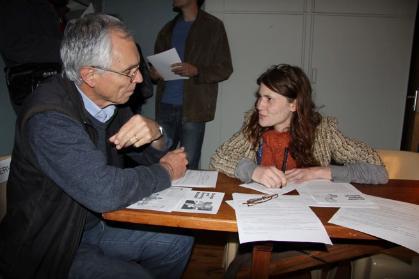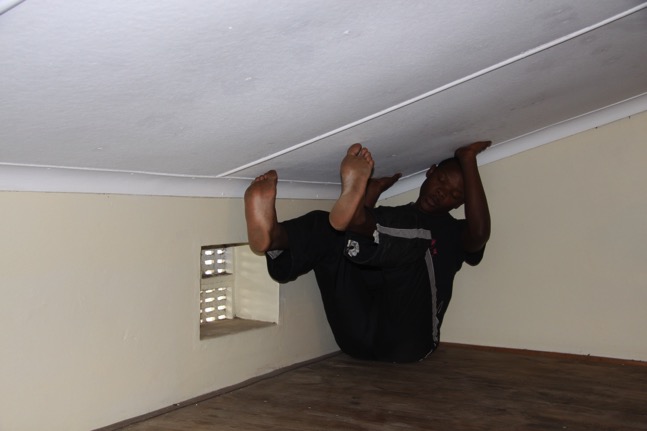
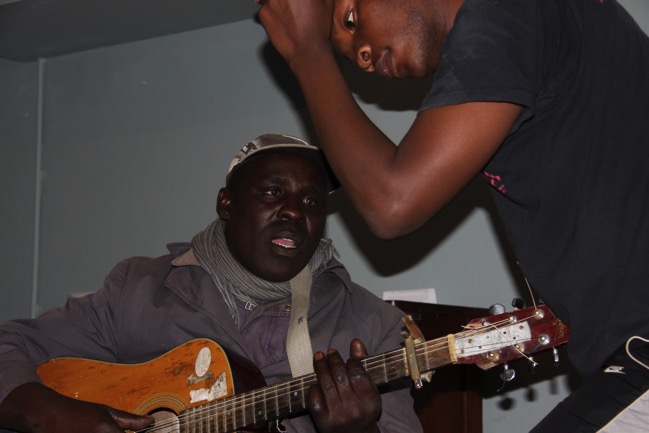
TOPOS was created and curated by Athina for the Arts Lounge as part of an innovative collaboration between the Drama and the Fine Art Departments at Rhodes University. TOPOS consisted of 10 vignettes, one for each day of the National Arts Festival, and was performed in the attic of a historical house as a site-specific work. Comprised of intimate performance tableaux inspired by the Grahamstown residents’ lives, they functioned as an exercise on collaboration. Both a social project and an art project, TOPOS brought together the different local communities of Grahamstown.
In conversation with Rachel Baasch, Athina Vahla referred to the TOPOS performances as ‘crash collaborative encounters amongst a team of artists both non-experts and professional pragmatists’. While some of the performers were from the Drama and Fine Art Departments, others were simply recognisable people in Grahamstown – a history professor, a car guard, a busker – who had no formal experience in performance. In her article ‘Between a cushion and a risky conversation’, Rachel Baasch explores the relationship between the ‘crash collaborative encounters’ of TOPOS and risk. She writes, “In terms of risk, collaboration can be a prickly cushion to sit on… In the moment that one extracts material from the private realm of ideas, feelings, opinions and experience, in order to place it within the public domain of representation, exposure, spectacle or exhibition, there is an element of risk – a risk of humiliation, failure, exposure, loss or rejection… Although there is a tendency to see risk in relation to ‘hazard, loss, damage, or threat’, Zinn (2008:4) explains that ‘research on voluntary risk-taking has shown that seeking risks can become a value itself, thus questioning the underlying normative assumption of mainstream risk research that risks have to be avoided and reduced’. This positive slant on the notion of risk may explain why, according to performance theorist Dror Harari (2009:174), ‘risk-taking has become an accepted, even trendy mode of interrupting the flow of everyday life’” (Baasch 2011).
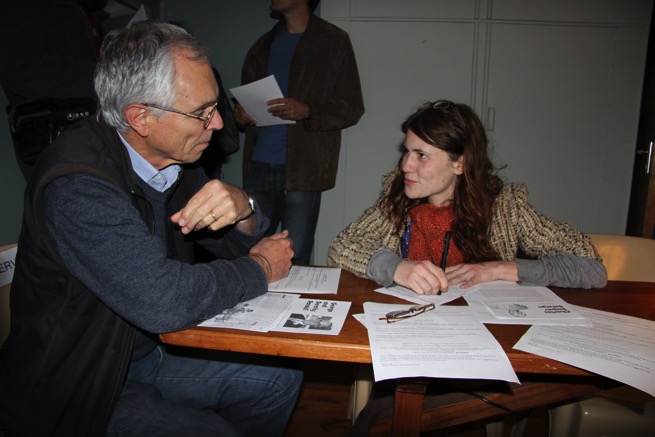
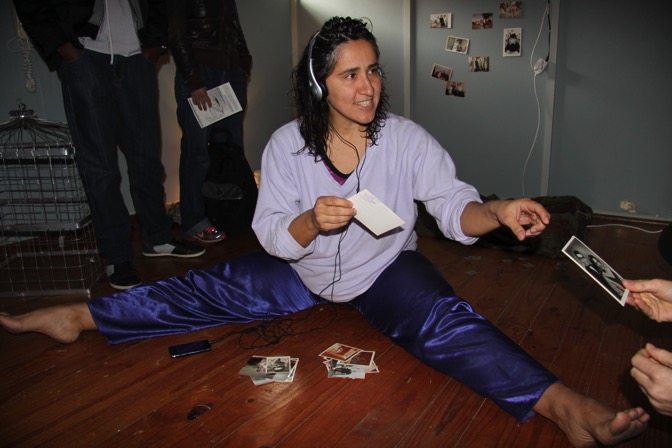
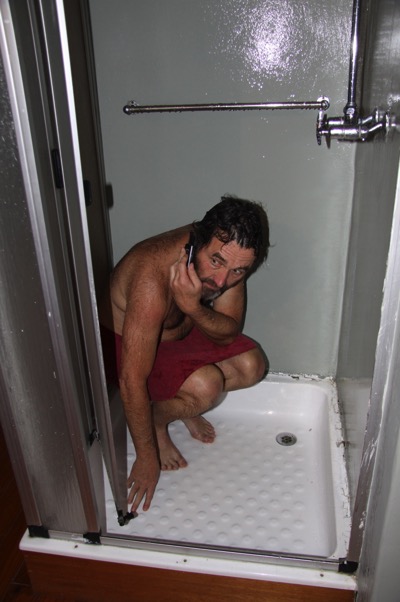
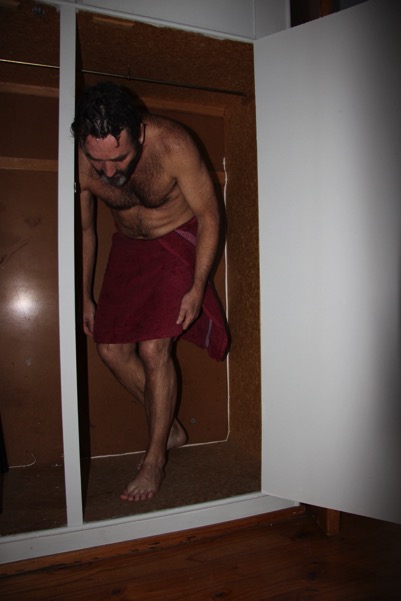
Photos: Ruth Simbao. (Please do not use without copyright permission).
Text: Excerpt from “Between a cushion and a risky conversation” by Rachel Baasch (De Arte 48, 2011)
